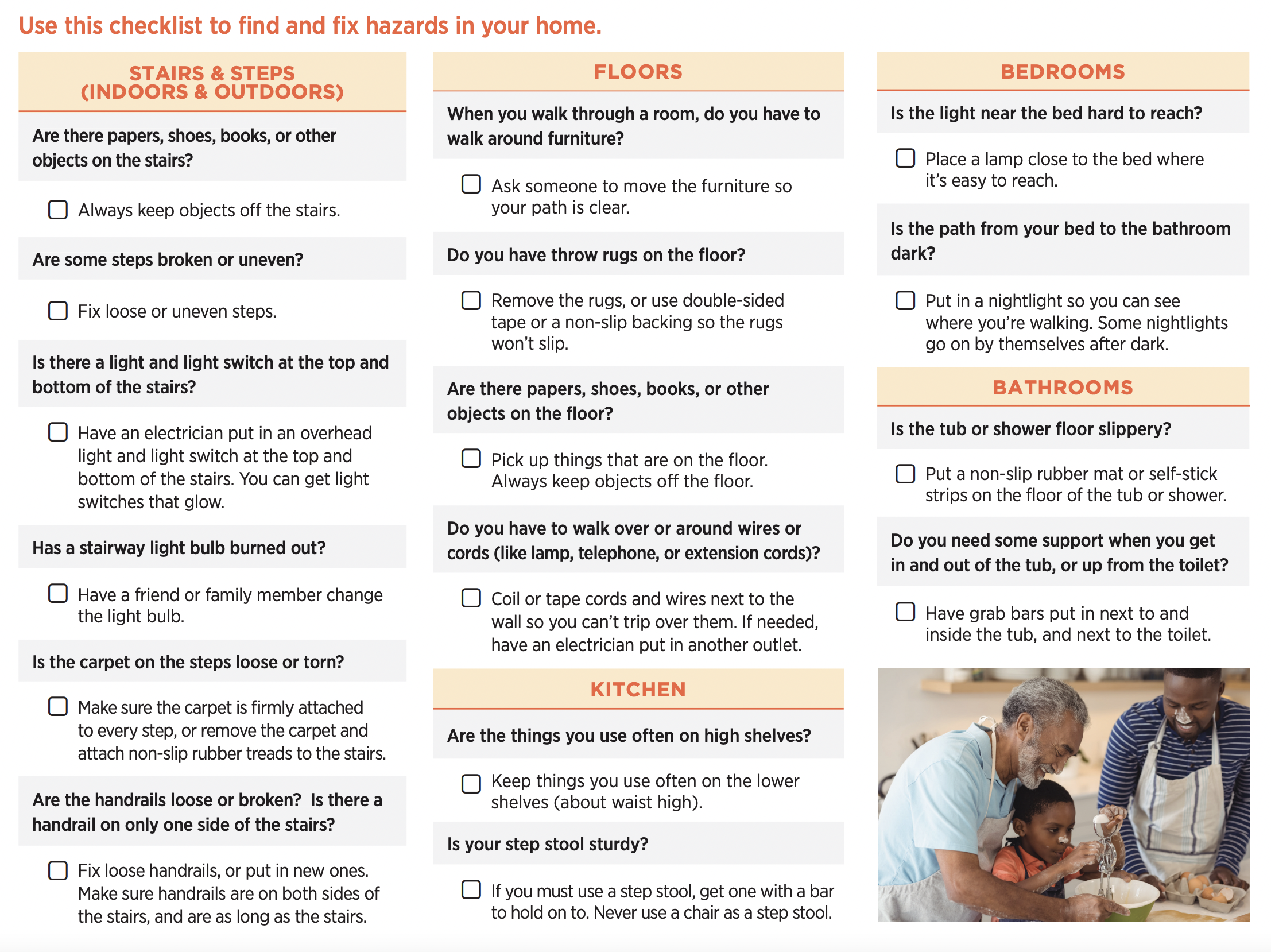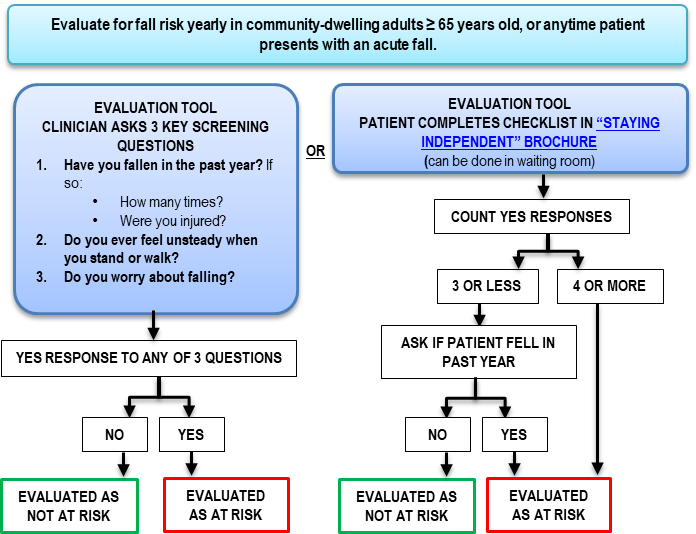8 Simple Techniques For Dementia Fall Risk
8 Simple Techniques For Dementia Fall Risk
Blog Article
Examine This Report on Dementia Fall Risk
Table of ContentsThe Ultimate Guide To Dementia Fall RiskDementia Fall Risk Fundamentals ExplainedFascination About Dementia Fall RiskIndicators on Dementia Fall Risk You Need To KnowExamine This Report on Dementia Fall Risk
You may be nervous due to the fact that you've had a loss prior to or since you have actually discovered you're beginning to feel unstable on your feet. You may have seen modifications to your health, or just seem like you're decreasing a little. Whatever the reason, it isn't uncommon to come to be mindful and lose confidence, and this can stop you doing the important things you made use of to do and make you really feel much more isolated.If you have actually had a fall or you have actually begun to really feel unsteady, inform your physician even if you feel great or else. Your physician can inspect your equilibrium and the means you stroll to see if improvements can be made. They may have the ability to refer you for a falls risk analysis or to the falls avoidance service.
This info can be obtained with meetings with the person, their caregivers, and a testimonial of their clinical documents. Begin by asking the individual concerning their background of falls, including the regularity and situations of any type of current drops. Dementia Fall Risk. Inquire regarding any kind of wheelchair issues they might experience, such as unsteady or trouble strolling
Conduct a thorough evaluation of the person's medicines, paying particular focus to those understood to raise the threat of falls, such as sedatives or drugs that lower high blood pressure. Determine if they are taking numerous medications or if there have actually been current adjustments in their drug program. Assess the person's home atmosphere for prospective threats that could raise the risk of drops, such as poor illumination, loosened rugs, or lack of grab bars in the restroom.
Some Known Details About Dementia Fall Risk
Guide the person with the fall threat evaluation kind, clarifying each concern and taping their responses properly. Make sure that the specific recognizes the purpose of the analysis and feels comfortable providing truthful responses. Calculate the complete risk score based upon the reactions offered in the evaluation type. Figure out the individual's risk group (low, medium, or high) based upon the total rating and the visibility of automatic high-risk condition aspects.
Regularly keep track of the individual's progress and reassess their threat of drops as required. Offer ongoing education and learning and assistance to advertise safety and minimize the danger of falls in their day-to-day living tasks.
Numerous researches have shown that physical therapy can assist to minimize the danger of dropping in grownups ages 65 and older. In a new research (that considered drops risk in ladies ages 80 and older), researchers determined the economic impact of picking physical treatment to avoid drops, and they discovered that doing so saves $2,144, including all the surprise expenses of your time, pain, missed life events, and the dollars spent for solutions.
Not known Details About Dementia Fall Risk
Assessing your equilibrium, stamina, and strolling additional reading capacity. A home security evaluation. Based on the assessment results, your physical specialist will certainly create a strategy that is tailored to your specific demands.
Older adults that have problem walking and chatting at the exact same time are at a greater threat of falling. Dementia Fall Risk. To help raise your safety and security during daily activities, your physiotherapist may design a training program that will certainly test you to maintain standing and walking while you do another task. Examples include strolling or standing while counting backwards, having a conversation, or carrying a bag of grocery stores
Your physiotherapist also can recognize which activities you should stay clear of to remain safe. Community-based drops avoidance programs aid individuals to: Lower their worry of falling. Establish objectives for increasing their physical task. Make their homes safer. Exercise extra to enhance their strength and balance. These programs commonly are led by volunteer trains.
Dementia Fall Risk Things To Know Before You Get This

Measles, or rubeola, is an extremely contagious, severe viral contagious disease triggered by the measles infection. Some people consider measles as simply a rash and fever that improves in a few days; nonetheless, measles can trigger significant health and wellness difficulties, especially in kids more youthful than 5-years-old. The most effective protection against measles is the measles, mumps, and rubella (MMR) vaccine.
Falls are a common reason for injury amongst older grownups. According to the CDC, in one year alone, fall-related injuries contributed to over $50 billion in medical prices (Dementia Fall Risk). In health center a fantastic read settings, older grownups go to particularly high threat of falls since their minimized mobility from being constrained to a space or bed.
Some Known Factual Statements About Dementia Fall Risk

She has a medical history of seizure disorder and hypertension. She is getting an IV mixture and taking Gabapentin and Lasix. She has no background of drops, her stride is stable, and she nullifies without issues. The previous registered nurse states that she asks for assistance to the restroom when she needs to go.
Instances of typical autumn interventions/measures consist of: Making certain a client's more helpful hints essential items are accessible. Placing the person's bed rails up with the alarm on. Assisting an individual while they're standing up from bed. Beyond recognizing exactly how to make use of the Johns Hopkins Autumn Danger Analysis Device, it is necessary that centers include its use into a much more extensive autumn prevention strategy.
Report this page